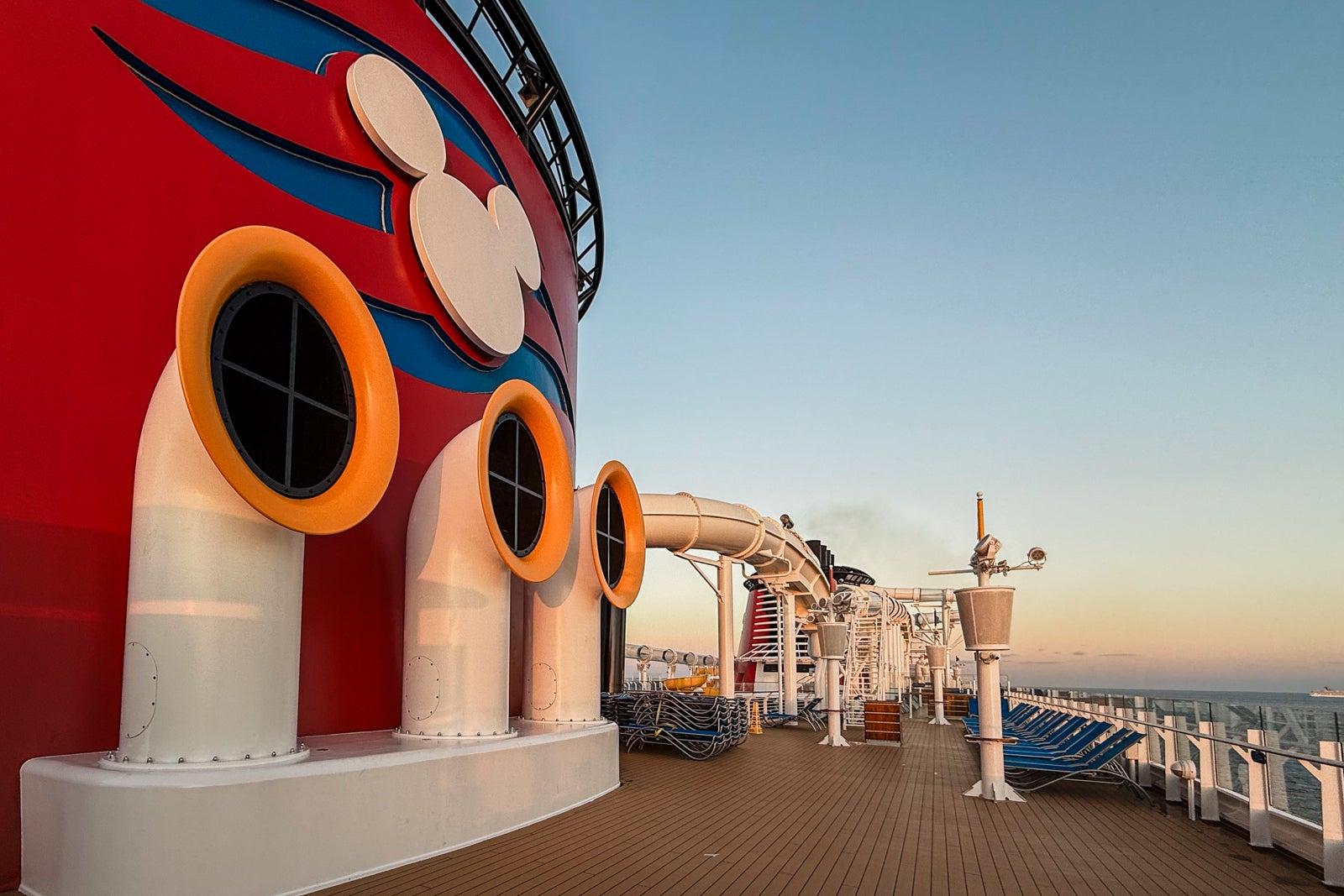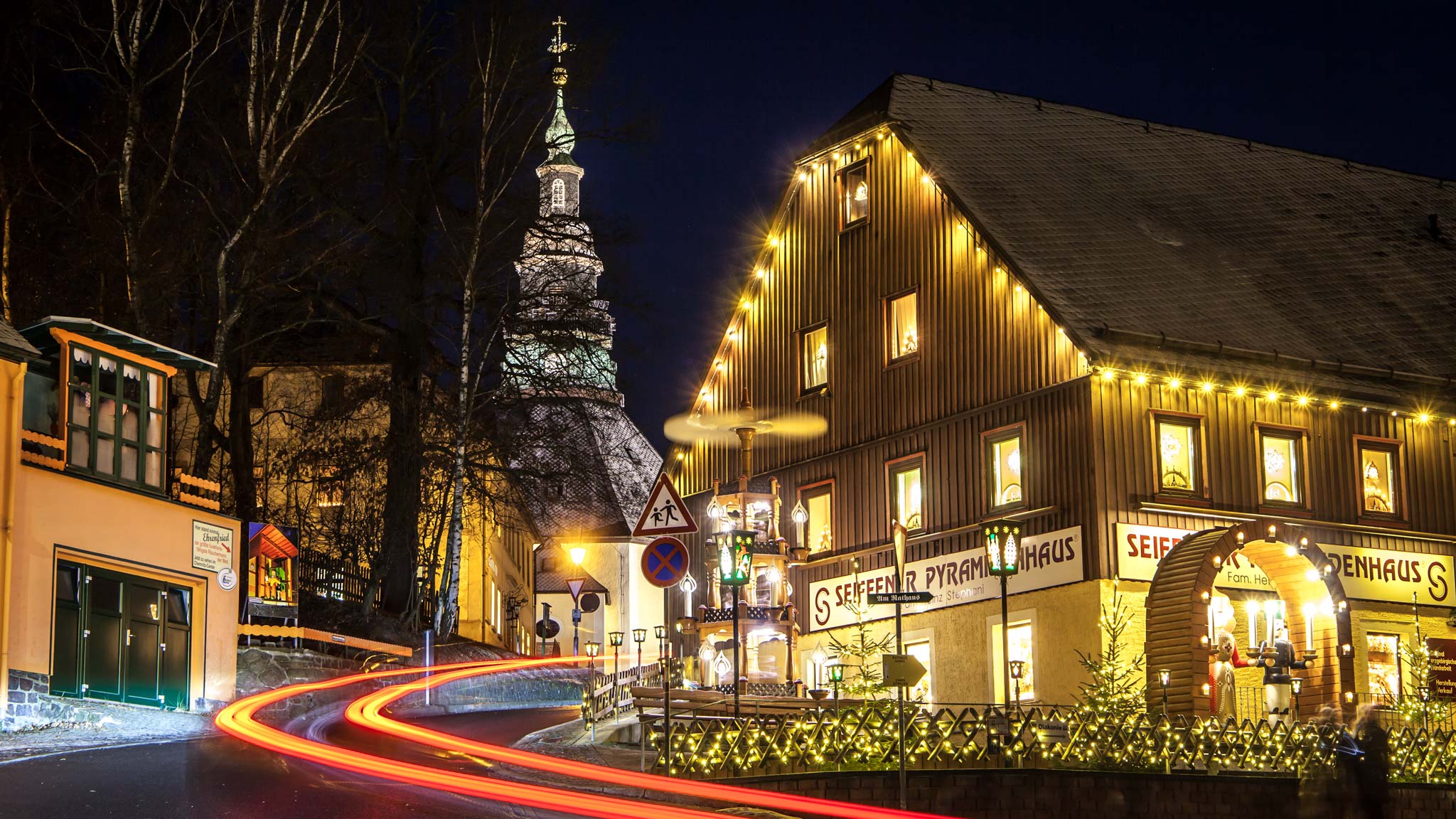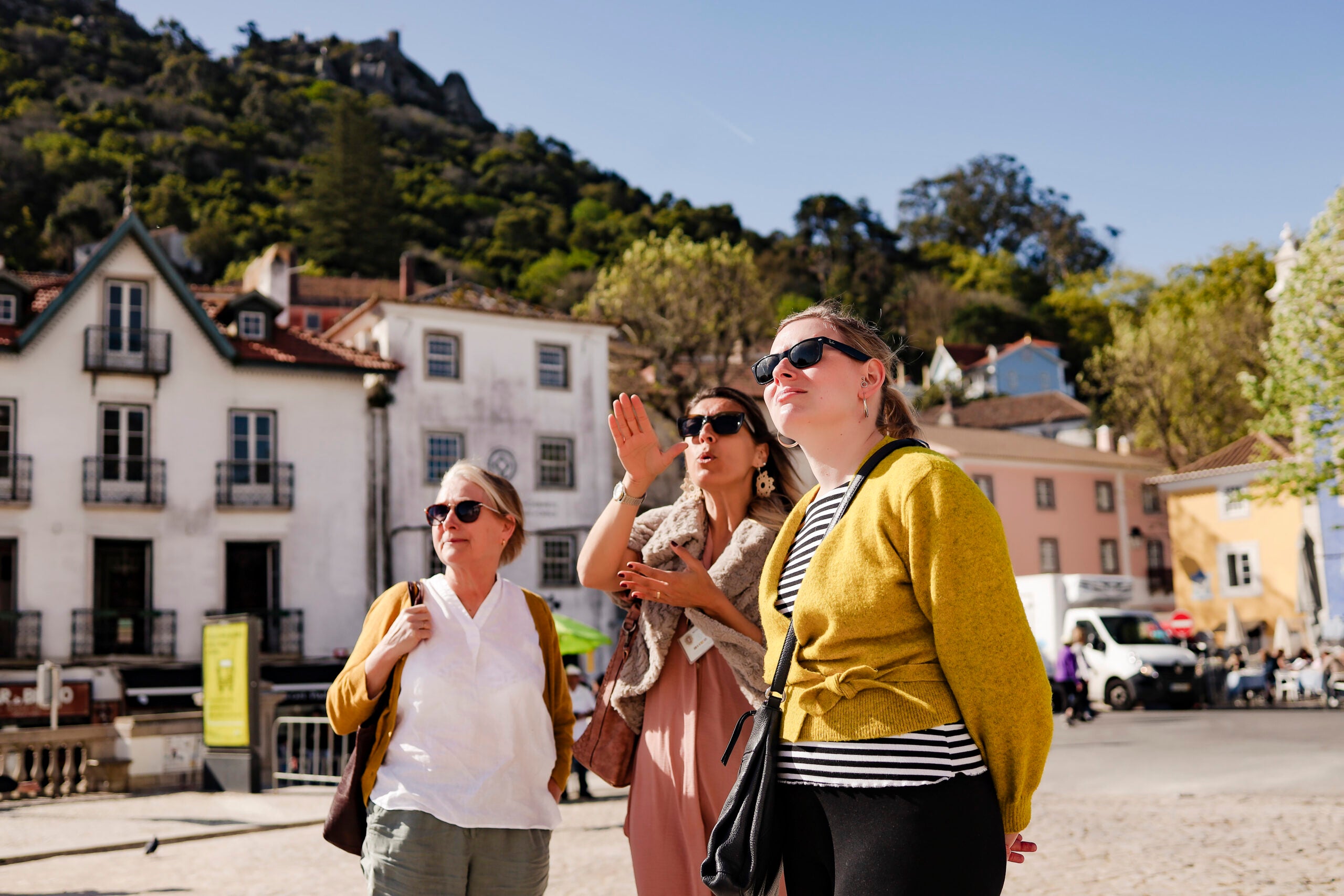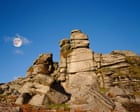The top 5 car-free day trips from Barcelona
Barcelona isn't the only gem in Catalonia. Take a break from the bustling city on one of our five favorite day trips.

Beyond the mountains and rivers that surround the Catalan capital on its Mediterranean seat, there are many fascinating places worthy of a day trip from Barcelona. Within a few hours by train or bus, you can visit sprawling vineyards and cava cellars, or find yourself on a sandy beach after an afternoon of perusing modernist masterpieces in a seaside mansion.
A day trip to one of these destinations is a perfect way to take a break from the crowds in Barcelona’s center, while discovering new places with much of the same appeal as the city’s main attractions – such as historic architecture, blissful beaches, and incredible wine and gastronomy.
Here are five of the best day trips from Barcelona, all of which can be visited on public transportation.
1. Visit the sacred Montserrat
Travel time: 1 to 2 hours
One of the most popular day trips from Barcelona is to this mountaintop monastery that offers historical intrigue and incredible 360-degree views from the top of a geological marvel. With a name that translates to “serrated mountain,” Montserrat’s pillarlike peaks are actually quite curvy when seen up close. You’ll get the best view on the Aeri de Montserrat, which will take you from the train station up to the 11th-century abbey via yellow cable car. At the top, you can visit the cathedral that houses the Black Madonna relic that led to the founding of the Benedictine monastery in this unlikely place. Leaving from the monastery, there are also hiking trails and other religious sites that you can explore like Santa Cova, a chapel that marks the site where the Madonna was discovered.
How to get to Montserrat from Barcelona: From Plaça Espanya, take the R5 train (FGC) and disembark at Aeri de Montserrat for the cable car or Monistrol de Montserrat for the rack railway. 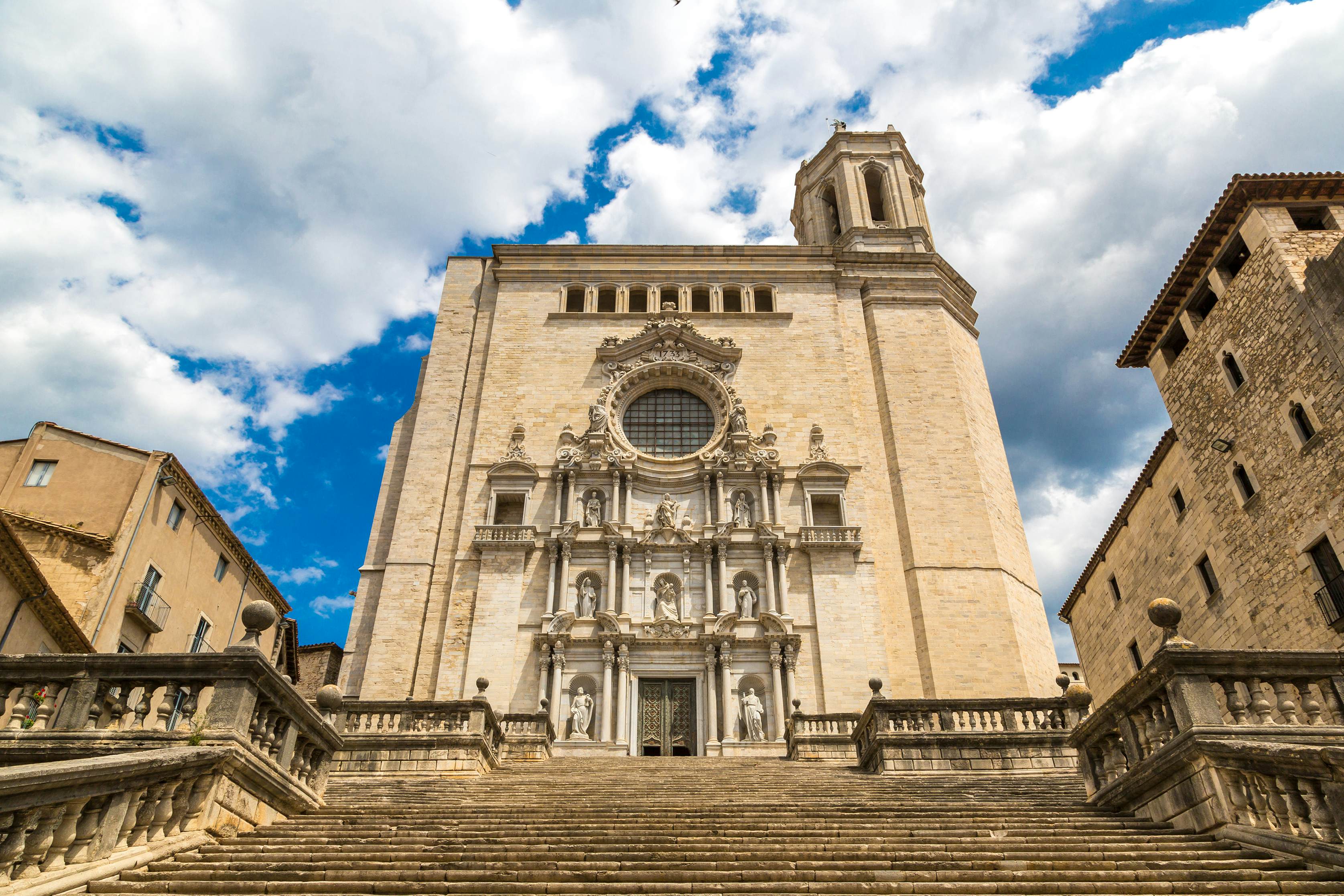
2. Wander medieval corridors in Girona
Travel time: 40 to 90 minutes
The medieval center of Girona is a remarkably well-preserved gem that’s a joy to explore on foot. Gothic architecture is the appeal here with sights like a 12th-century cathedral that dominates the city skyline from its 86-step perch, the relics of an Arab bathhouse, and medieval walls you can walk on top of. In addition to being a gastronomic destination as the home of the three Michelin-star El Celler de Can Roca, there are many museums worth visiting like the Museu d’Història dels Judeus, dedicated to telling the story of the city’s medieval Jewish community, and the archeological museum inside the Sant Pere de Galligants monastery. The Museu d’Història de Girona will also give you a good perspective of how much the city has changed since its founding by the Romans.
How to get to Girona from Barcelona: High-speed, middle-distance, and regional trains (Renfe) leave from Estació de Sants.
3. Enjoy beaches, art and festivals in Sitges
Travel time: 45 minutes
Sitges is a busy beach town that is best known as being a longtime haven for LGBTQIA+ travelers and a host of major events like the annual Carnival parade in February and the Sitges Film Festival in October. In the summer, sunbathers fill the sand along Sitges’ 17 beaches, breaking to enjoy long lunches and a drink at one of the seafront xiringuitos, or beach bars. There is plenty to see and do even if the weather isn’t warm enough for the beach. Take a walk along the main balustrade to the city’s 17th-century church, before purchasing a ticket to the Museu del Cau Ferrat. The 19th-century mansion is filled with modernist treasures collected by one of the pioneering figures of Catalan Modernisme, Santiago Rusiñol.
How to get to Sitges from Barcelona: Leaving from Estació de Sants, Estació Arc de Triomf, or Estació de França, take the R2 or R2S line (FGC) south and disembark in Sitges. It’s about a 10-minute walk through the city center from the train station through the beach.
4. Visit the Costa Brava in historic Tossa de Mar
Travel time: 1 hour and 20 minutes
Tossa de Mar is one of the charming medieval villages that makes the Costa Brava, a beautifully scenic stretch of coastline north of Barcelona, one of the best secondary destinations you can explore after a trip to Barcelona. If you only have one day to dedicate to the coast, Tossa de Mar is the perfect solution. It offers a little bit of everything including its medieval old town, complete with fortified walls and narrow cobblestone streets, and wonderful beaches and rock stacks that define that postcard-perfect Costa Brava scene. A popular spot for kayakers and divers, the sea is the main appeal here during the summer months, but in the low and shoulder seasons you can enjoy the shopping and restaurant scene in the city center or go for a short hike along the Camí de Ronda.
How to get to Tossa de Mar from Barcelona: Leave from Estació del Nord and buy a bus ticket to Tossa de Mar. It’s common for tickets to sell out, so be sure to purchase them on the Moventis website a few days in advance.
5. Taste wine in the vineyards of Penedès
Travel time: 45 to 90 minutes
In the valley south of Montserrat, you can find one of Spain’s top wine destinations in Penedès. This region is the largest producer of D.O. Cava, Spain’s iconic sparkling wine, and there are hundreds of beautiful wineries here, dozens of which open their doors to visitors for tours and tastings. You will find many tasting rooms and wine bars in either of the two main cities of the region, Villafranca del Penedés or Sant Sadurní d’Anoia, or you could explore the region on a self-guided bicycle tour along the trails of the Ruta del Ví, which wind through numerous wineries like the large and impressive Llopart and the cozy farmhouse-style Celler Eudald Massana. Many tour operators also run guided trips through the region with transportation included from Barcelona, so you can enjoy as much wine as you please without worrying about how you’ll find your way home while visiting multiple wineries.
How to get to Penedès from Barcelona: Leaving from Estació de Sants or Estació Arc de Triomf, take the R4 (FGC) train south toward Villafranca del Penedés. You’ll find Bikemotions, a rental shop, next to the train station of Lavern-Subirats, and you can hop on the countryside bike trails from there.

































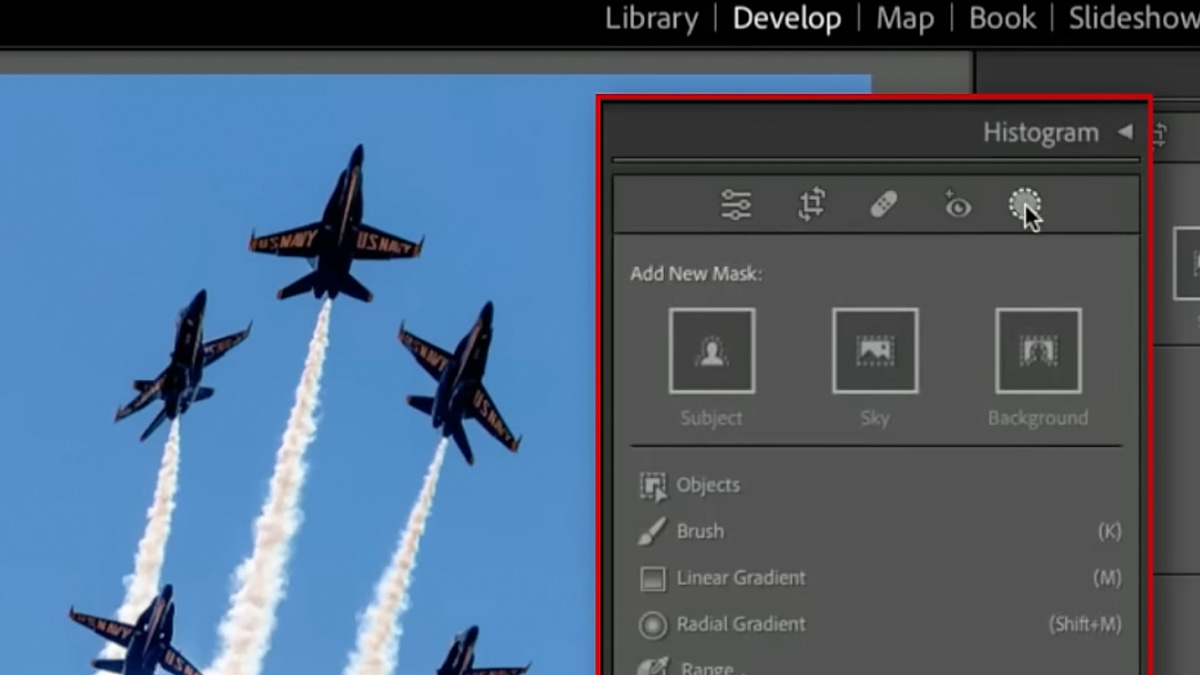










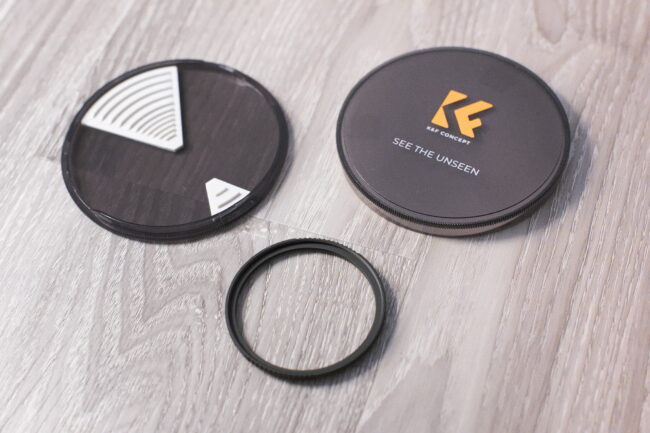












































![[DIY] Building a modular string light system with moveable sockets — feedback welcome](https://b.thumbs.redditmedia.com/Nq1NAZiFWGlNrWmYod-JrdFGovwq4r9YVB55YCu7DIU.jpg)
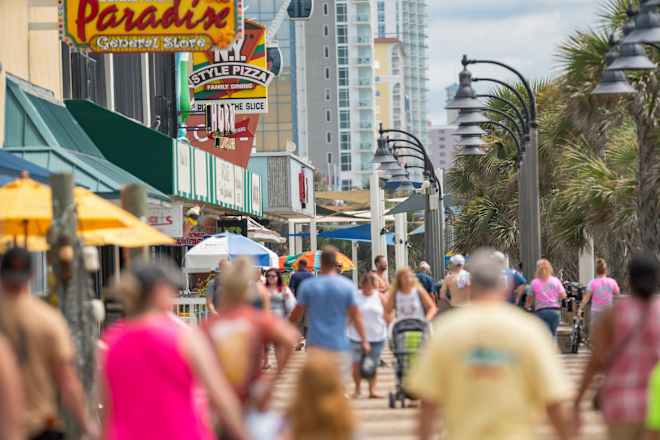






















































































.jpg)





































